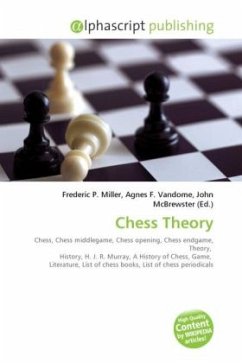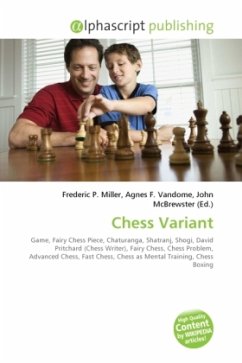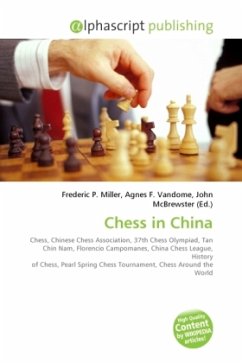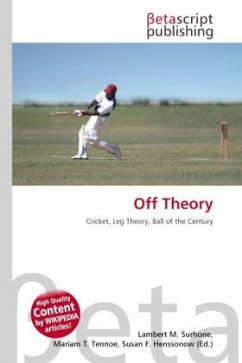The game of chess is commonly divided into three phases: the opening, middlegame, and endgame. As to each of these phases, especially the opening and endgame, there is a large body of theory as how the game should be played. Those who write about chess theory, who are often but not necessarily also eminent players, are referred to as "theorists" or "theoreticians". "Opening theory" commonly refers to consensus, broadly represented by current literature on the openings. "Endgame theory" consists of statements regarding specific positions, or positions of a similar type, though there are few universally applicable principles. "Middlegame theory" often refers to rules or principles applicable to the middlegame. However, the modern trend is to assign paramount importance to analysis of the specific position at hand rather than to general principles. The development of theory in all of these areas has been assisted by the vast literature on the game. In 1913, preeminent chess historian H.J.R. Murray wrote in his 900-page magnum opus A History of Chess that, "The game possesses a literature which in contents probably exceeds that of all other games combined.
Bitte wählen Sie Ihr Anliegen aus.
Rechnungen
Retourenschein anfordern
Bestellstatus
Storno








